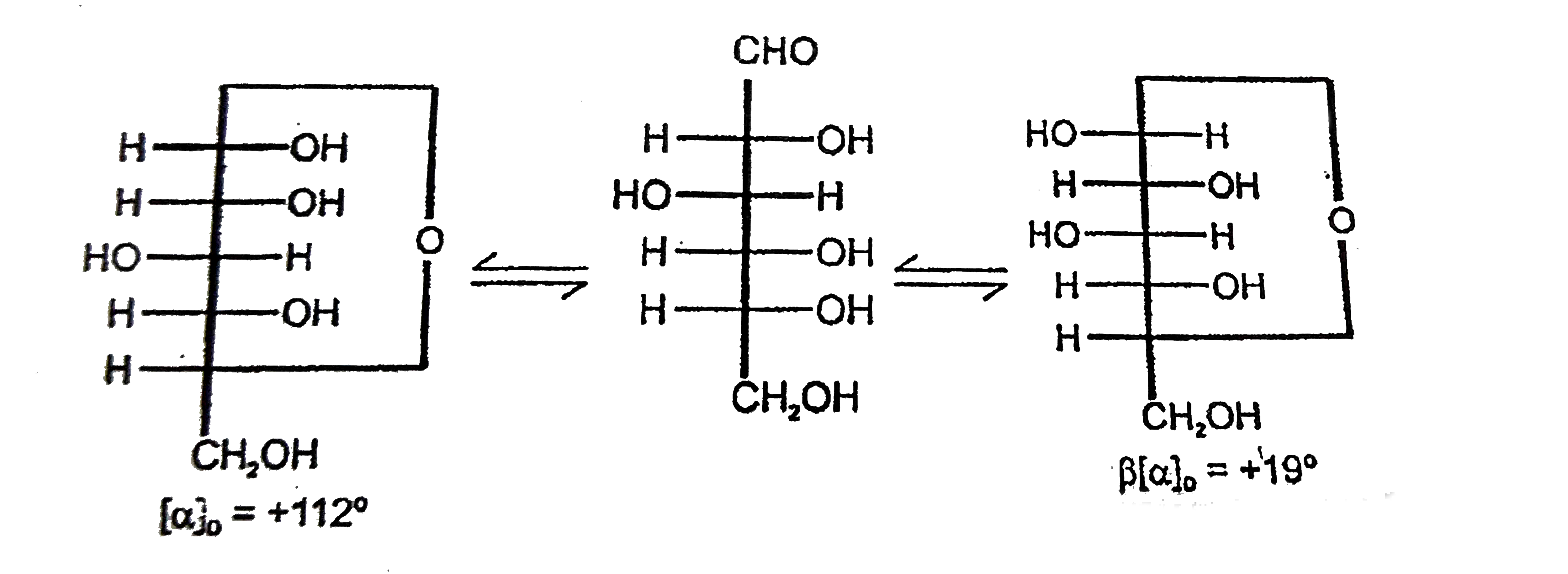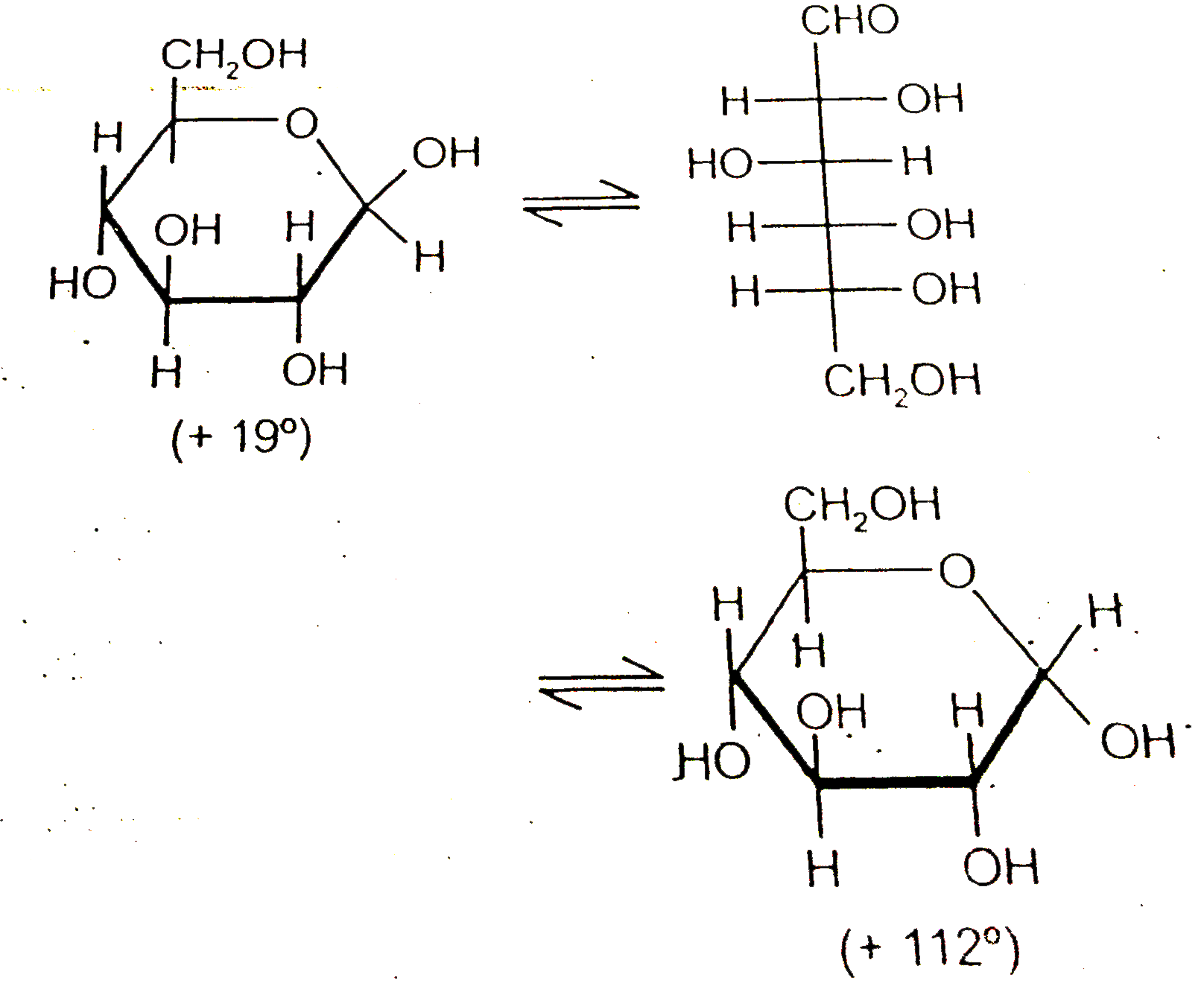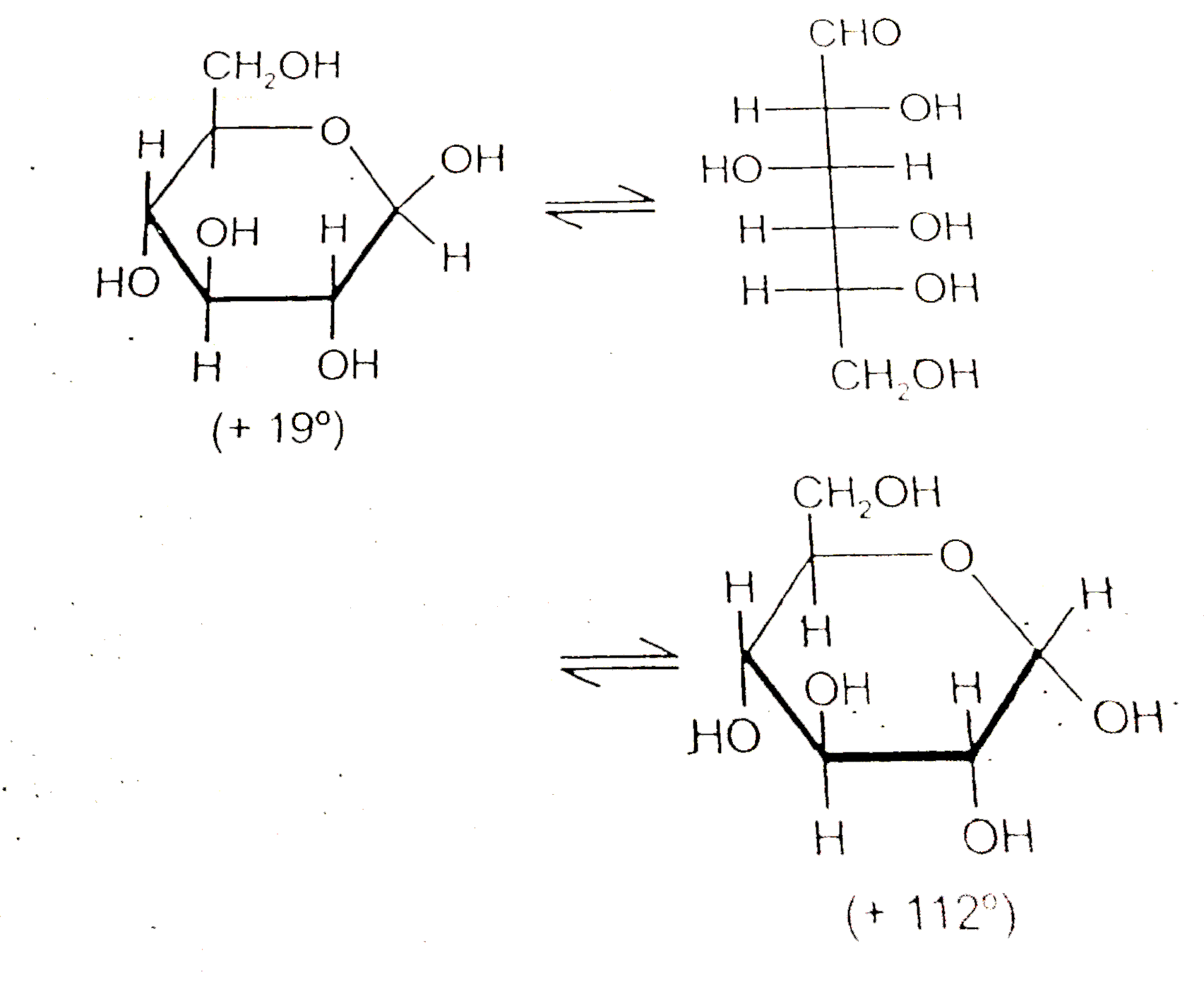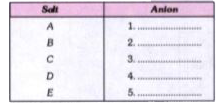The freshly prepared solution if sugar undergo change in optical rotation , with time , is known as
Inversion
Specific rotation
Rotatory motion
Mutarotation
The correct Answer is:D
To solve the question, we need to understand the concepts related to the optical rotation of sugar solutions. Here’s a step-by-step breakdown:
Step 1: Understand Optical Rotation
Optical rotation refers to the rotation of plane-polarized light as it passes through a solution of chiral compounds, such as sugars. Different sugars can rotate light in different directions and by different amounts.
Hint: Optical rotation is a property of chiral substances that can be measured using a polarimeter.
Step 2: Freshly Prepared Sugar Solution
When a sugar solution is freshly prepared, it may have a specific optical rotation. However, over time, this optical rotation can change due to various chemical processes.
Hint: Freshly prepared solutions can exhibit changes in properties due to chemical reactions or equilibria.
Step 3: Identify the Process
The change in optical rotation over time in a sugar solution is primarily due to the interconversion between different anomeric forms of the sugar. This process is known as mutarotation.
Hint: Mutarotation specifically refers to the change in the optical rotation of a sugar solution as it equilibrates between different anomeric forms.
Step 4: Define Mutarotation
Mutarotation is the phenomenon where the optical rotation of a sugar solution changes due to the conversion between its alpha (α) and beta (β) anomers. This occurs until an equilibrium is reached.
Hint: Remember that mutarotation involves the conversion of cyclic forms of sugars, which can interconvert through an open-chain form.
Step 5: Conclusion
Based on the understanding of optical rotation and the process involved, the answer to the question is that the freshly prepared solution of sugar undergoing a change in optical rotation with time is known as mutarotation.
Final Answer: Mutarotation (Option B)
Optical rotation refers to the rotation of plane-polarized light as it passes through a solution of chiral compounds, such as sugars. Different sugars can rotate light in different directions and by different amounts.
When a sugar solution is freshly prepared, it may have a specific optical rotation. However, over time, this optical rotation can change due to various chemical processes.
The change in optical rotation over time in a sugar solution is primarily due to the interconversion between different anomeric forms of the sugar. This process is known as mutarotation.
Mutarotation is the phenomenon where the optical rotation of a sugar solution changes due to the conversion between its alpha (α) and beta (β) anomers. This occurs until an equilibrium is reached.
Based on the understanding of optical rotation and the process involved, the answer to the question is that the freshly prepared solution of sugar undergoing a change in optical rotation with time is known as mutarotation.
Similar Questions

The above process in which α and β form remain in equilibrium with acyclic form and a change in optical rotation is observed which is known as−
View SolutionThe change in optical rotation with time of freshly prepared solution of sugar is known as :
View SolutionWhy is a freshly prepared solution of FeSO4 used for the detection of nitrate and nitrite?
View SolutionWhen either form of D-Glucose is dissolved In water, the solution gradually changes its optical rotation and finally attains a constant optical rotation of +52∘.

What is the percentage of open chain D-Glucose in solution?
View SolutionWhen either form of D-Glucose is dissolved In water, the solution gradually changes its optical rotation and finally attains a constant optical rotation of +52∘.

Which of the following statements, is true?
View SolutionWhen either form of D-Glucose is dissolved In water, the solution gradually changes its optical rotation and finally attains a constant optical rotation of +52∘.

Which form of D-GIucose is more stable?
View SolutionWhy a freshly prepared solution of FeSO4 is used in Lassaigne's test for nitrogen ?
View SolutionSalts A, B, C, D and E undergo reactions (i) to (v) respectively. Identify the anion present in these salts on the basis of these reactions. Tabulate your answers in the format given below:
(i) When silver nitrate solution is added to a solution of A, a white precipitate, insoluble in dilute nitric acid, is formed.
(ii) Addition of dilute hydrochloric acid to B produces a gas which turns lead acetate paper black.
(iii) When a freshly prepared solution of ferrous sulphate is added to a solution of C and concentrated sulphuric acid is gently poured from the side of the test-tube, a brown ring is formed.
(iv) When dilute sulphuric acid is added to D a gas is produced which turns acidified potassium dichromate solution from orange to green.
(v) Addition of dilute hydrochloric acid to E produces an effervescence. The gas produced turns lime water milky but does not affect acidified potassium dichromate solution.

View SolutionWhy is freshly prepared ferrous sulphate solution used for testing the nitrate radical in the brown ring test?
View SolutionThe comple [Fe(H2O)6NO]2+ is formed in the brown ring test fro nitrates when freshly prepared FesO4 solution is added to aqueous solution of NO−3 ions followed by addition of conc. H2SO4. Select correct statement about this complex.
View Solution
